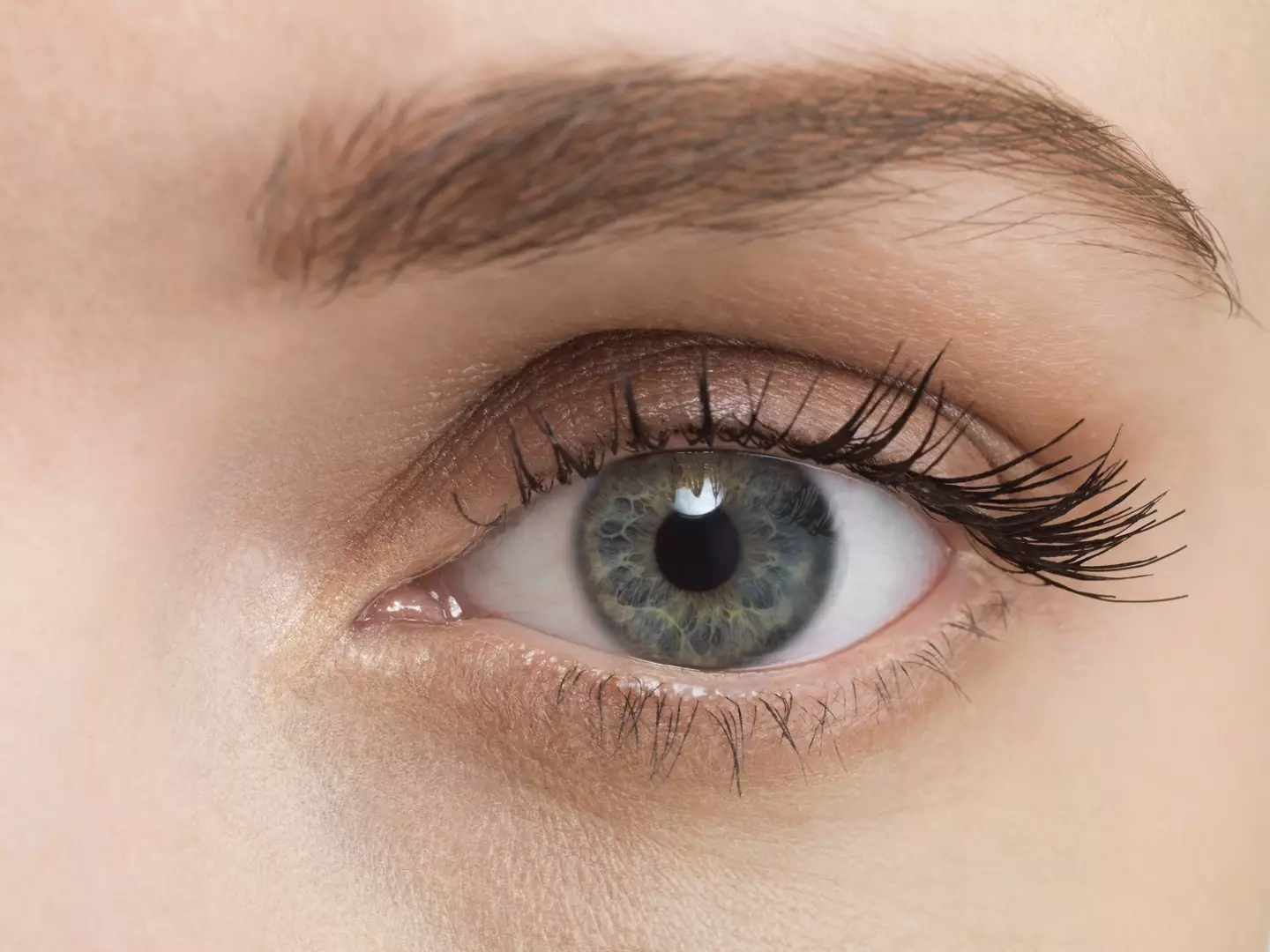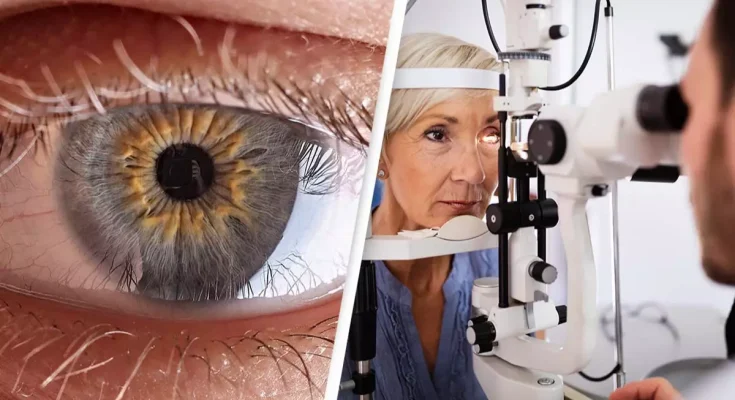While some eye colours are more common, others can be very rare indeed and only occur in a small number of people
Scientist claim to have defined a new eye colour which they say is the rarest one in humans.
Most of us will be familiar with the four main eye colours out there; brown, blue, hazel, and green.
For many years, green eyes ruled the roost as the rarest of all the eye colours – with around 2 percent of people in the world having this eye color – and could lord it over those with blue eyes and brown eyes, with hazel eyes in a close second.
But it seems that a new power is now gathering in the world of eye colour, as scientists have designated another colour as the rarest.
So, like a slightly different version of House of the Dragon, the Greens find themselves going up against a usurper who wants to claim the top spot for their own faction.
Except unlike on the hit HBO show, the challengers are not the Blacks, but the Greys.
Also there are no dragons, though that’s probably for the best.

Green eyes used to be the rarest. (Elena Fedorina / Getty)
Yes, scientists have now claimed that rarest eye colour of them all is no longer green, but grey.
This was not previously possible as grey was previously a part of House Blue, but scientists have now recalibrated their definitions and made grey a whole separate colour of its own.
If I was someone with green eyes, I’d frankly be feeling a little miffed that a change in the rules meant green eyes weren’t the rarest anymore.
But, as someone with brown eyes, I feel a bit like a peasant watching two lords feuding.
So just how common are the different eye colours?
Well, internationally brown is very much the most common by a long way, making up between 55 percent and 79 percent of the world population, according to VeryWell Health.

Grey eyes are now considered the least common. (Jonathan Knowles / Getty)
Blue comes in next, weighing in at between 8 percent and 10 percent, around the same as hazel which comes in at 10 percent globally, and can also be traced to one common ancestor.
However, blue is more common in the US, where it makes up 27 percent while hazel is 18 percent.
Finally, we have grey, the defecting colour from blue.
This makes up less than 1 percent of both the US population and the global population as a whole.
Grey and blue eyes are often mixed up as both have a low amount of melanin and absorb longer wavelengths of light.
Eye colour is actually just the colour of the iris, and is an inherited trait.
A number of gene affect the colour and shade of someone’s eyes, with the combination producing a unique pigment.



